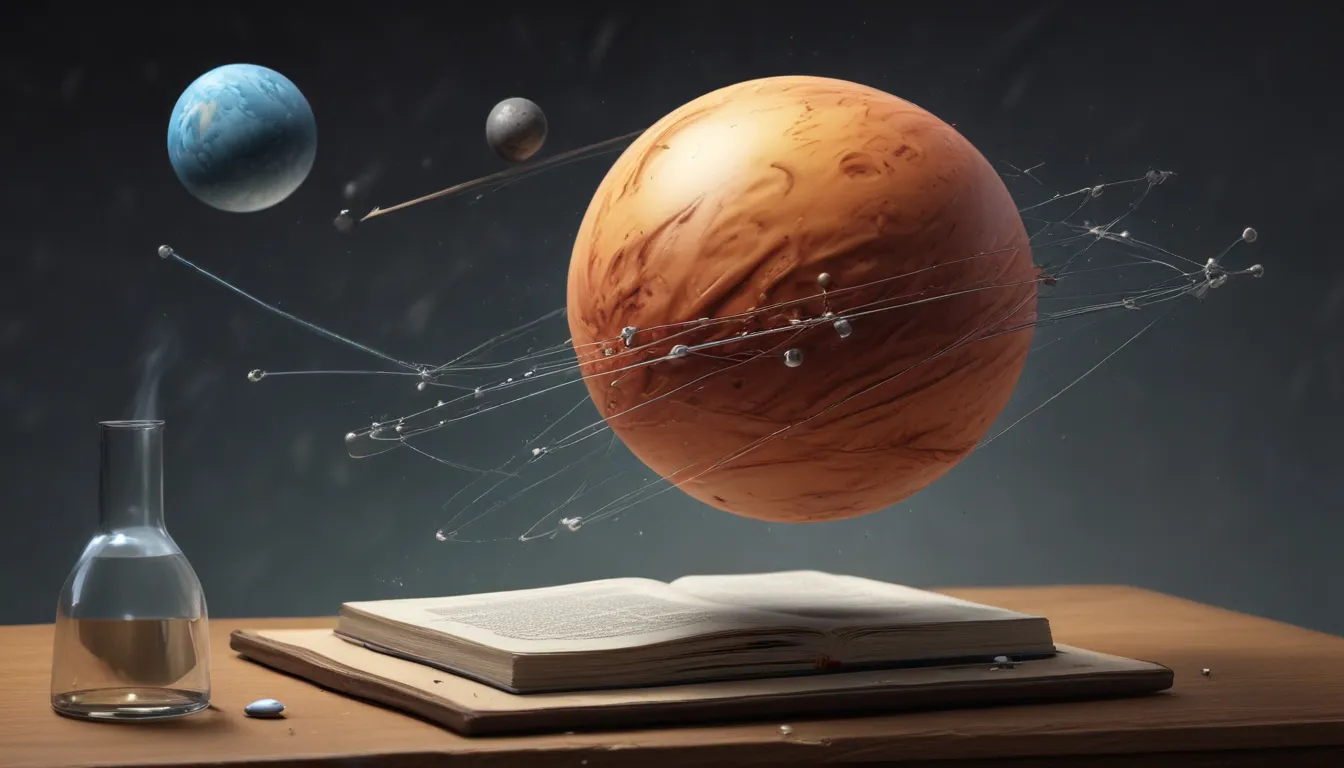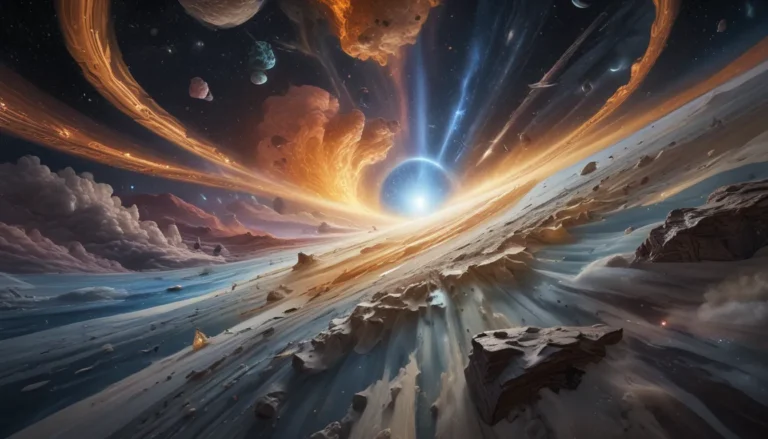A Note About Images: The images used in our articles are for illustration purposes only and may not exactly match the content. They are meant to engage readers, but the text should be relied upon for accurate information.
Sir Isaac Newton’s Law of Universal Gravitation is a cornerstone of physics, shaping our understanding of gravity and its impact on celestial bodies and everyday objects. While most of us have a basic grasp of this concept, there are intriguing details about Newton’s law that are often overlooked. Let’s delve into eight surprising facts about this iconic law that illuminate the mysteries of gravity in our universe.
The Attraction Between Objects Explained
At the core of Newton’s Law of Universal Gravitation lies a simple yet profound principle: every particle in the universe attracts every other particle with a force directly proportional to the product of their masses and inversely proportional to the square of the distance between them. This foundational idea explains how objects interact and exert gravitational forces on each other across vast distances.
Gravity’s Influence on All Objects
Contrary to popular belief, gravity does not discriminate based on size or mass; it affects all objects uniformly. Whether it’s a tiny pebble or a colossal planet, the force of gravity is ever-present, maintaining a delicate balance in the cosmos.
Debunking the Apple Story Myth
While the tale of Isaac Newton’s revelation about gravity from an apple falling on his head is widespread, it is, in fact, a legend without historical backing. Nevertheless, this anecdote serves as a vivid metaphor for the concept of gravity and its role in shaping our world.
Gravitational Force and Distance Relationship
According to Newton’s law, the gravitational force between two objects decreases as the distance separating them increases. This fundamental principle underscores the weakening effect of gravity over long distances, illustrating the subtle interplay between objects in space.
The Inverse Square Law of Gravitation
Newton’s Law of Universal Gravitation operates as an inverse square law, implying that the gravitational force weakens exponentially as the distance between objects grows. Doubling the distance results in a fourfold reduction in the gravitational pull, highlighting the intricacies of this universal force.
Moon’s Stable Orbit Around Earth
One of the remarkable applications of Newton’s law is the moon’s stable orbit around Earth. The gravitational interaction between these celestial bodies maintains the moon’s trajectory, preventing it from straying into deep space and showcasing the law’s practical implications.
Unraveling the Mystery of Tides
The gravitational forces from Earth, the moon, and the sun collaborate to produce tidal phenomena on our planet. These gravitational interactions create bulges in the oceans, leading to the rhythmic ebb and flow of tides that shape coastal landscapes and ecosystems.
Einstein’s General Relativity and Gravity
While Newton’s law offers a comprehensive framework for understanding gravity, Albert Einstein’s Theory of General Relativity delves deeper into the nature of gravitation. General Relativity posits that gravity arises from the curvature of spacetime caused by massive objects, expanding our comprehension of this fundamental force.
Conclusion: Embracing the Wonders of Gravity
Exploring Newton’s Law of Universal Gravitation unveils a tapestry of awe-inspiring facts that deepen our appreciation for the complexities of gravity. By grasping the interplay between mass, distance, and gravitational attraction, we gain insights into how gravity shapes our universe and influences our daily experiences. From celestial mechanics to tidal patterns, the profound implications of Newton’s law underscore the inextricable link between gravity and the fabric of our reality.
FAQs: Exploring Gravity’s Mysteries
Q: What does Newton’s Law of Universal Gravitation describe?
A: Newton’s law states that every particle in the universe attracts every other particle with a force proportional to their masses and inversely proportional to the square of the distance between them.
Q: Who formulated Newton’s Law of Universal Gravitation?
A: Sir Isaac Newton, a renowned physicist and mathematician, established the law in the late 17th century, revolutionizing our understanding of gravity.
Q: How does mass impact gravitational force?
A: Gravitational force increases with the mass of objects, showcasing a direct relationship between mass and gravity.
Q: Can gravity be shielded or nullified?
A: Gravity is an inherent force that cannot be shielded or negated; however, its strength can be influenced by other forces in specific contexts.
Embark on a journey through the cosmos, where the laws of gravity shape our universe and spark wonder and curiosity in our hearts. Explore the mysteries of physics and unravel the secrets of gravity as we navigate the vast expanse of space and time, guided by the enduring principles of Newton’s Law of Universal Gravitation.






